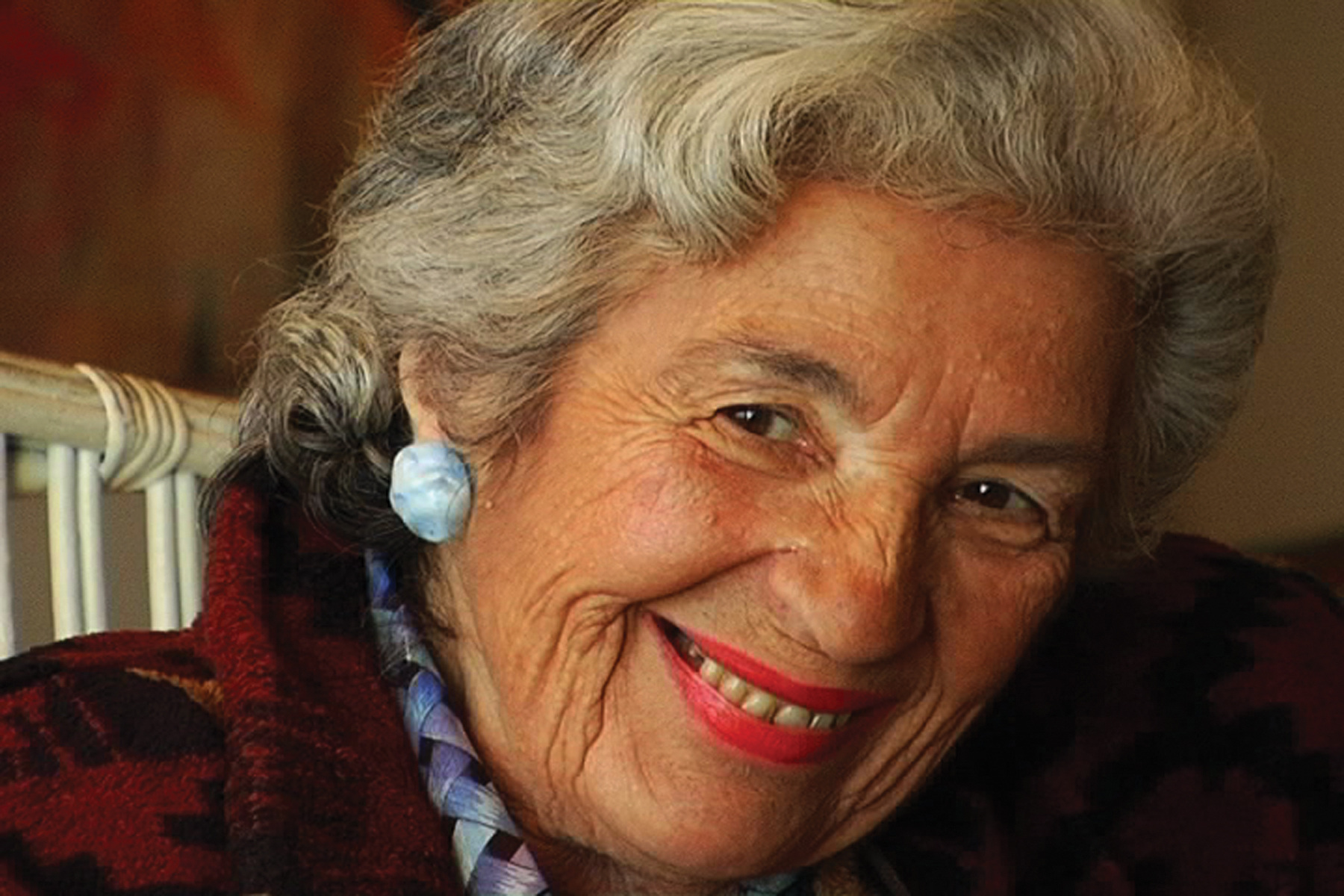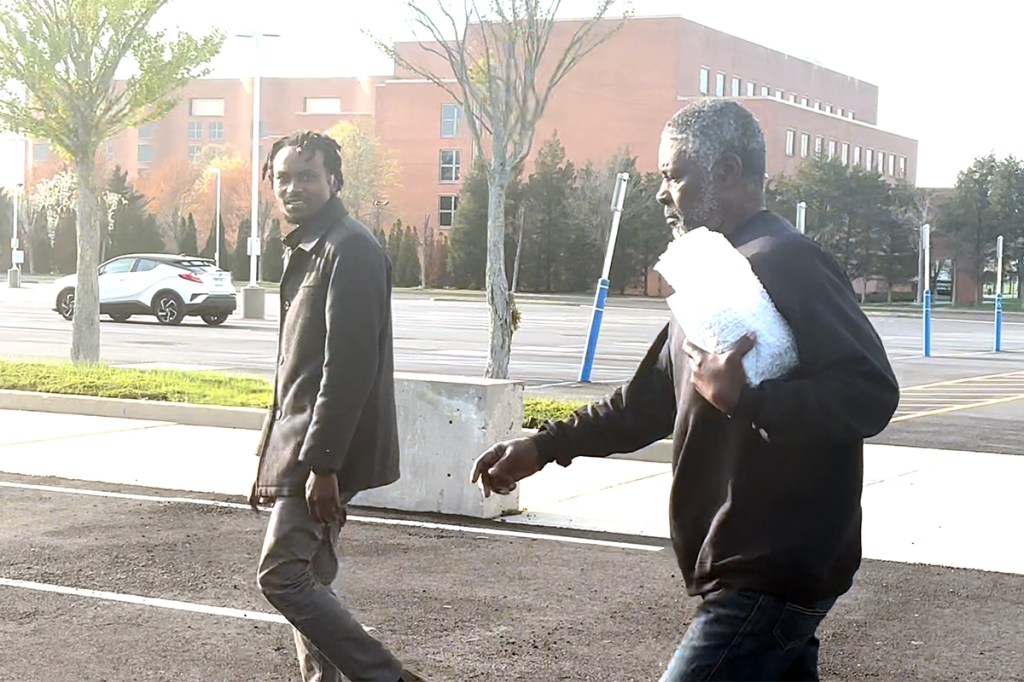Art Commentary: "Women Art Revolution"

A new documentary about the feminist art movement during the 1970s and 80s is a reason for celebration, if only because two East End residents, Miriam Schapiro and Howardena Pindell, were noteworthy contributors to that movement. In fact, Women Art Revolution demonstrates that the importance of art is always welcome.
Directed and narrated by Lynn Leeson, the movie has a personal focus when Leeson cites her experiences as a feminist artist herself; such an approach adds to the work’s success. While this technique and others – like past and present interviews with feminist artists, curators and critics, plus archival footage of landmark events – are not unusual for a historical documentary, these varied methods make for interesting viewing. It’s also interesting that Leeson started assembling footage for the film nearly 40 years ago. [expand]
Some of this critic’s favorite artists are interviewed, like filmmaker Yvonne Rainier and Adrian Piper, an early performance artist who rallied against racism and in later years became a philosophy professor at Wesley College. Simply put, the movie brings back feel-good memories about a period long past, one that changed the course of art history. Yet the documentary also shows that some woman did not stick together in protesting the death of Ana Mendieta, a feminist artist who was allegedly murdered by her husband, Carl Andre.
What is most rewarding about Women Art Revolution, however, is the appearance of two Hampton artists, Miriam Schapiro and Howardena Pindell. While it’s hard to believe that some people don’t know the part Schapiro played in the feminist movement, the film attempts to make her contributions clear (although more material could be included). For example, when Schapiro became a faculty member at the California Institute of Art, she soon organized a three-day woman’s conference which kick-started the movement. Her collaboration with Judy Chicago (who created the famous art piece “The Dinner Party”) became legendary as well. This critic wonders if Schapiro’s later works featuring dollhouses may possibly have derived from this early period where female collectives worked out of a house.
Howardena Pindell also made important contributions though, unfortunately, they are not as well known. (A look online reveals a limited amount of material about her feminist works.) What is cited about Pindell is her “political and social” subjects, her Pointillism and minimalist style, and the fact that she was a “black artist.” The facts go well beyond these superficial accounts, however, some of which (but not all) are noted in the film. One early contribution, not seen in the movie, is Pindell’s performance piece (“Atomizing Art”) where she dresses up as a white woman, complete with blond wig and sunglasses, saying that she was never a victim of class distinction. It is satiric and to the point, a treasured reminder that we never see enough of these examples in contemporary culture.
Besides Schapiro and Pindell, a passing mention is made of Lynda Benglis and Joan Semmel, both East End residents as well. We would have liked to hear more about them. Maybe next time. [/expand]



